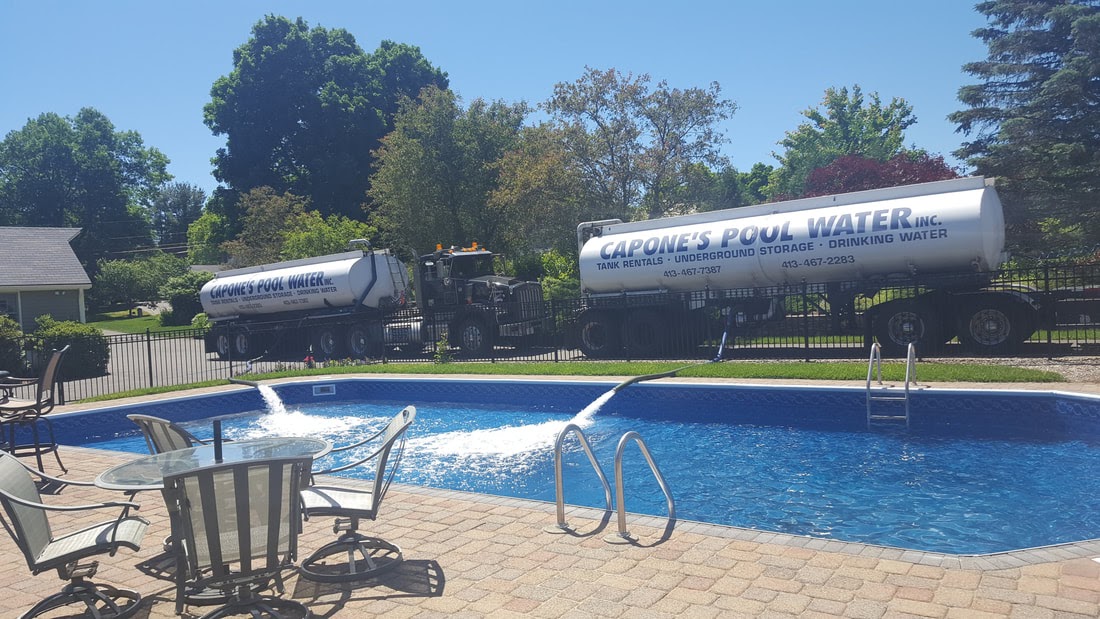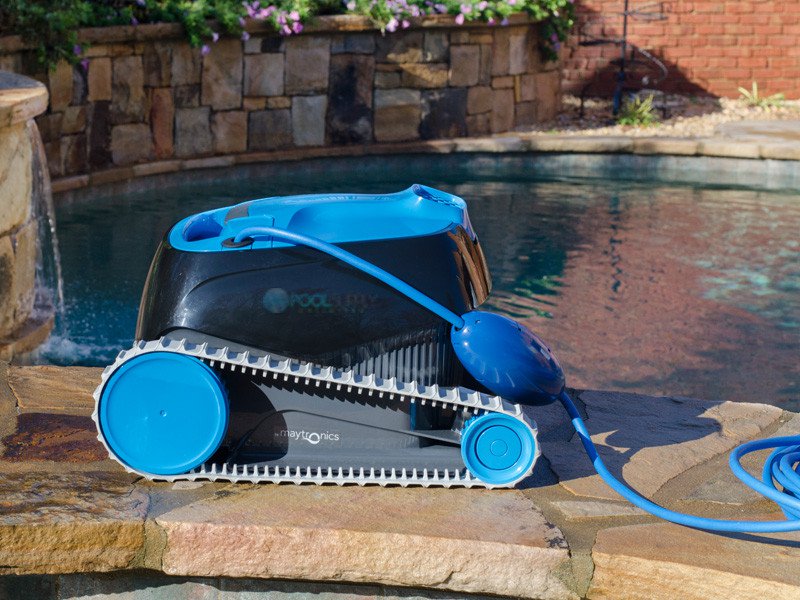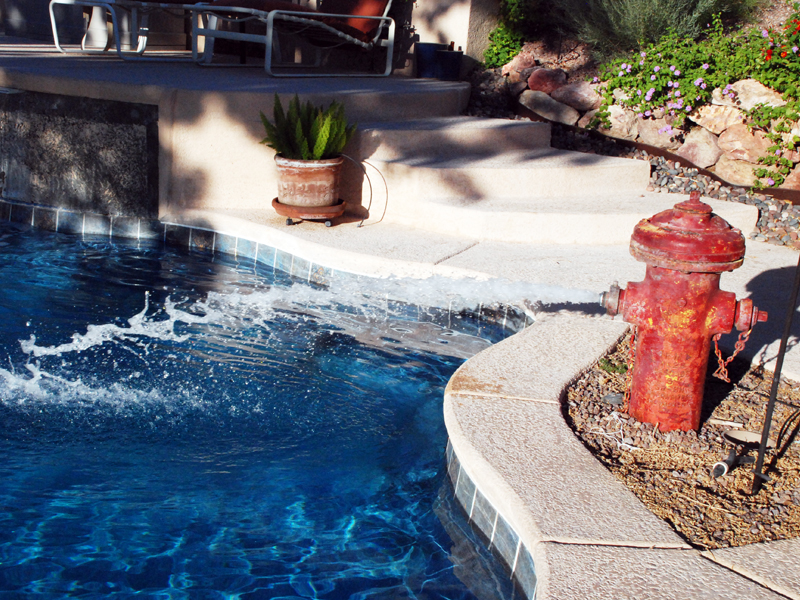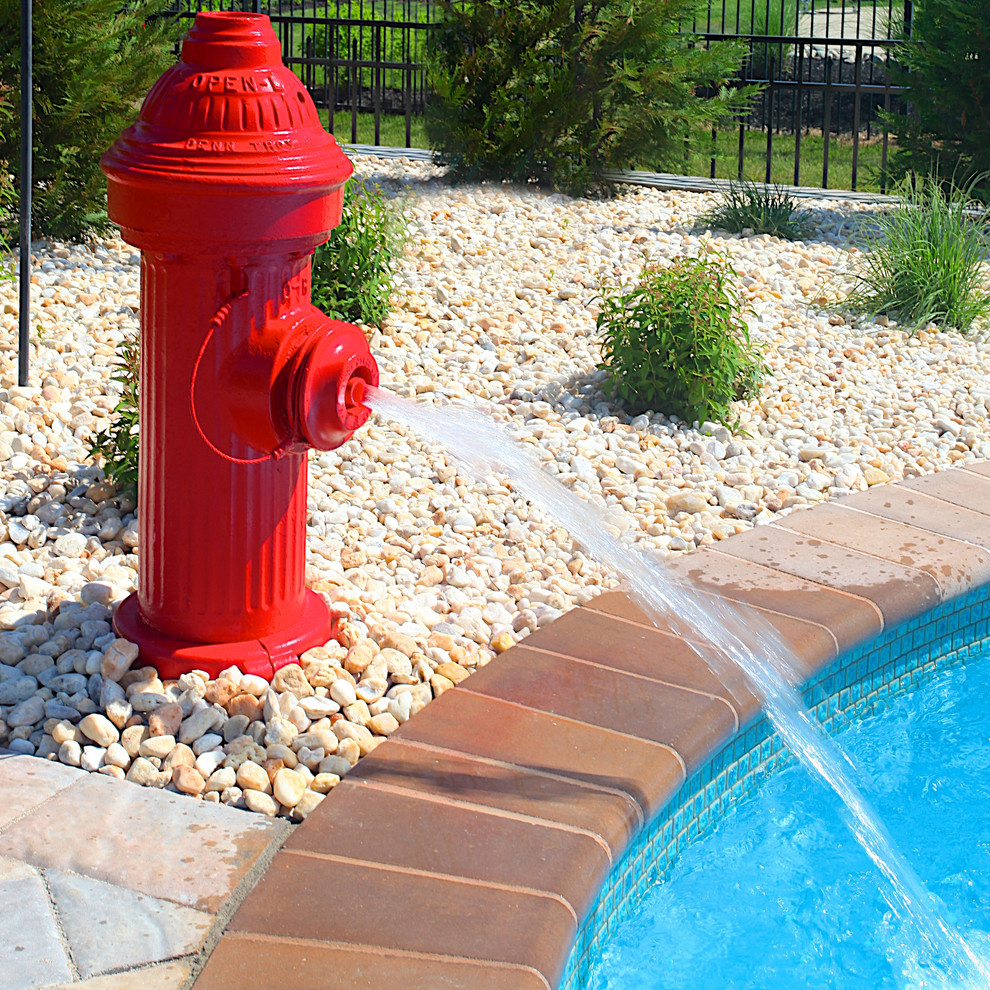All You Need to Know About Refilling Your Swimming Pool
Maintaining a swimming pool costs a lot of money, and many pool owners are surprised about how simply refilling its water can cost so much. After all, a swimming pool could take up thousands of gallons of water, and in the largest variety, the water volume could be up to 30,000 gallons. Every time we’re talking about that much water, we’re talking “money!”
Now, is there a way to lessen the monetary impact of refilling the swimming pool somehow? There is no definite answer to that. Oftentimes, it is contingent on where you live and the availability of the commodity– in this case, water. Let us take a look at three main ways in which you can refill your swimming pool.
Where to Get Water
- Water Delivery Service
Again, when we see the word service, we think “money.” After all, a service needs to be compensated, and more often than not, the compensation is money. In the case of a water delivery service, make no mistake about it, it will cost you a couple hundred bucks or more depending on where you live.
Because you will pay for the delivery service, this is often the easiest, hassle-free way to refill the swimming pool. Give the delivery company a simple call, and they’ll go. They are also equipped with hoses that can considerably lessen the time.
Some companies may also offer a service focusing on swimming pool refills. For example, they can sell you pre-chlorinated water, so you don’t have to treat your water after. This factor and the fact that they can transfer water from their tanks to your pool in two hours are ultra-convenient.
In locations where there is a deficiency in water supply, a water delivery service is your only hope. It does have its advantages. However, before making a decision, it’s best to look at all the possibilities, perhaps asking for quotes from several companies and take it from there.
- CIty Water Using an Outdoor Tap
On average, an American household uses over 45,000 liters (12,000 gallons) of water a month. That’s north of 70 dollars a month. If you are refilling a swimming pool, expect that rate to double. Still, if the budget is the top priority, that’s better than the $300 charge from a water delivery service.
Here’s the catch: This option is not always available. For instance, the city may be short in its water supply, and there may be rationing going on. In any case, if you want to explore this option, you want to inform the water company or the city of the situation.
If all systems go, then you’d be able to save a considerable sum. But here’s another disadvantage: It takes forever to refill a pool using a typical garden hose. OK, not “forever,” but 48 hours is a long time, especially if the kids are raring to go swimming and bugging you about it the whole time. You’d save money on this option, but prepare to distract the kids with other activities. Based on my experience, it’s easier said than done.
- Fire Hydrant
Anything that comes off from that fire hydrant is technically still under the city’s jurisdiction, but this warrants another number in itself for obvious reasons.
If you’re lucky enough, the fire station could refill your swimming pool using the fire hydrant at a fraction of the cost but just about the same amount of time it takes for a water delivery service. After all, the fire department also utilizes special, high-quality hoses to shoot water at high pressure. A fire hydrant itself could go at 1,500 GPM!
Again, some things need to be considered before moving forward. If you want to use the fire hydrant for refilling purposes, always inform the city fire department. Some fire departments may even do it for free, but the main thing is, always be a good boy/girl and ask.
- Well Water
Well, how about bypassing the city and the delivery service and enlist the help of Mother Nature? You can do that and spend zero dollars if you already have a well in your property. But then again, not everything that’s “free” is actually free, right?
If you decide to fill the pool with well water, there are some things to consider. Number one is the well’s capacity. Two is that you need to test it first and then treat the water accordingly. Whatever you find out by testing the water, that should be the foremost strategy in treating it. If the well water has a high iron and manganese concentration, then chlorinating it and putting algaecide is the solution. Other treatment options include a pool clarifier, basicity corrector, and a chlorine shock.
With all of these things considered, well water refilling does take a considerable time. Aside from the needed water treatment and such, it probably takes two full days to complete the task. If you and your kids want to splurge on the pool right away, this is not the way to do it.
What to Do Before Filling Up
Before the actual water-refilling job, you have to lay the groundwork first to prevent property damage. Water comes off the hose in a high-pressure environment so it’s best to protect the hose and reduce the pressure by cushioning the edge with a strong cloth. Also, make sure that you do not completely dry off the pool. Leave a few inches of water or if you did run the pool dry, fill up those few inches yourself.
Here are some reasons why you should do this:
- This is the best time to inspect the pool liner. The pool liner is the covering over the whole pool structure that gives the pool its clean appearance.
- As you’re doing the inspection, this is also the best time to smoothen out any creases in the pool liner. When the pool is already filled, it will be virtually impossible to fix out the wrinkles.
- This is an excellent way to reduce the pressure in the entire pool system.

When to Refill the Pool
You may want to drain and refill the pool in a pool’s normal life cycle once every two or three years. That doesn’t mean that you won’t need to top up the pool water every now and then. Because of factors such as evaporation and splashing, the pool’s water levels tend to get lower.
In summer, you may actually need to add water to the pool every couple of weeks. The sun’s intense heat and the fact that the kids are all out there splashing will lower the pool’s water level faster than usual. During this season, you’d feel the heat, both out in the sun and the water bill at the end of the month.
To curtail the pool’s water loss, here are some things that you can do:
- Cover the pool when not in use to reduce evaporation
- Tell the kids to calm down on the splashing
- Keep the water level a little lower than usual to prevent water from spilling/splashing onto the sides
- Backwash only when necessary and end as soon as the water runs clear
It’s also imperative for all pool owners to always be mindful and enforce a strict cleaning procedure. Many have invested in robotic pool cleaners to save time and make the cleaning process easier. Some models support weekly scheduling, so you are not going to miss any cleaning rounds. This way, you won’t have to go through draining and refilling water as much. It saves a lot of money in the long run while the pools continue to provide pleasure for the pool owners.












